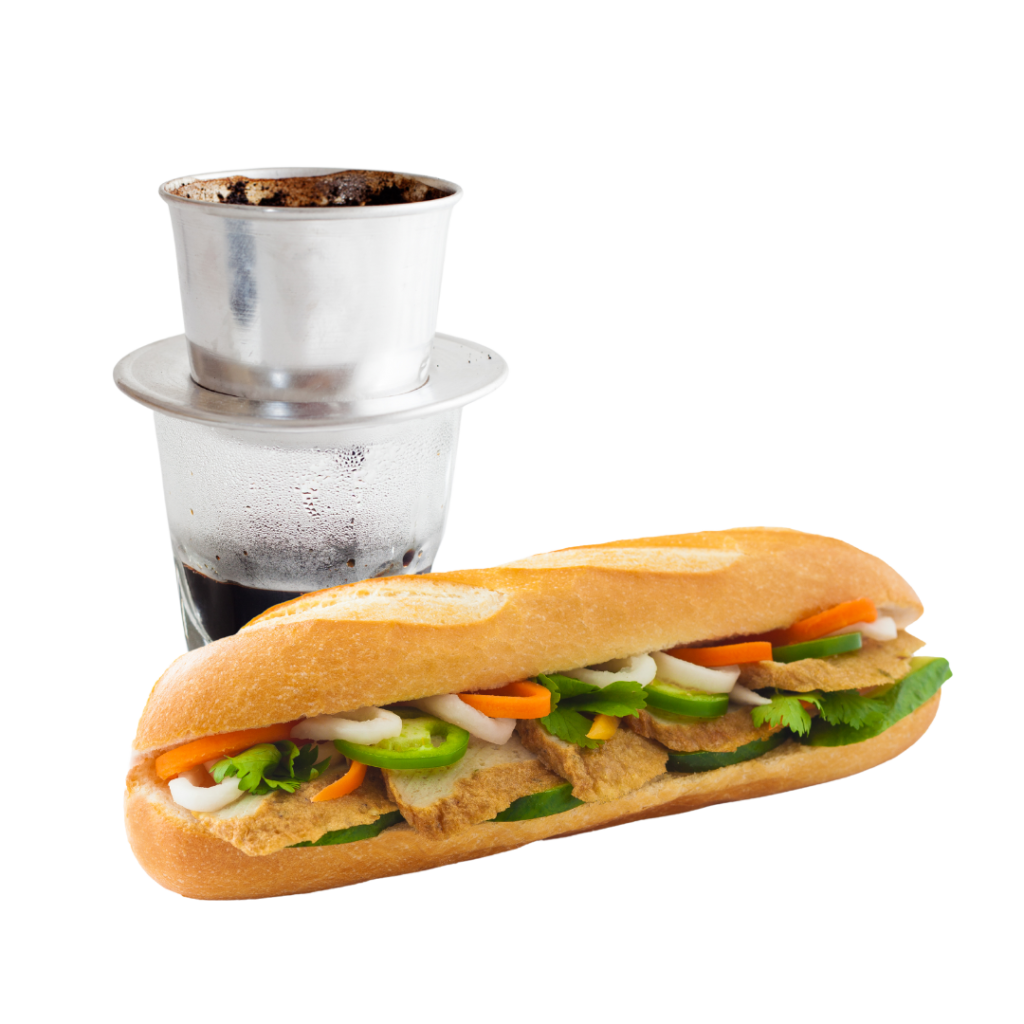
Coffee first arrived in Vietnam in the mid-19th century, brought by French colonizers who recognized the country’s ideal climate and soil conditions for coffee cultivation. In 1857, a French Catholic priest named Père Labat planted the first coffee trees in the northern region of Vietnam. These initial plantings marked the beginning of Vietnam’s coffee journey.
Colonial period and coffee production
Under French colonial rule, coffee production in Vietnam expanded rapidly. In 1864, the French established the first coffee plantations in the Central Highlands region, which would later become the heart of Vietnam’s coffee industry. The colonizers invested heavily in infrastructure, setting up large-scale plantations and exporting coffee to Europe.
During this period, the French introduced new coffee varieties and cultivation techniques to Vietnam. They primarily focused on growing Robusta coffee, which was well-suited to the country’s climate and could be produced on a large scale. Vietnamese farmers, many of whom were forced to work on the colonial plantations, quickly adapted to coffee cultivation.
Post-war development and modern industry
Following Vietnam’s independence from France in 1954, the country’s coffee industry experienced significant changes. The Vietnam War (1955-1975) disrupted coffee production, as many plantations were abandoned or destroyed during the conflict. After the war, the Vietnamese government collectivized coffee farms and prioritized exporting to Soviet bloc countries.


In 1986, Vietnam introduced the “Đổi Mới” (Renovation) policy, which marked a shift towards a market-oriented economy and opened the country to international trade. This policy change had a profound impact on the coffee industry, as farmers were encouraged to expand production and engage in private enterprise.
Throughout the 1990s and 2000s, Vietnam’s coffee industry experienced rapid growth, with production and exports increasing dramatically. The country focused on producing high-quality Robusta coffee, which was in high demand in the global market. Vietnam also began investing in modern processing facilities and improving infrastructure to support the growing industry.
Today, Vietnam is the world’s second-largest coffee exporter, known for its bold and flavorful Robusta beans. The country’s success in the coffee industry is a testament to the resilience and adaptability of Vietnamese farmers, as well as the unique combination of natural conditions and cultural traditions that shape Vietnam’s coffee heritage.
From its humble beginnings in the mid-19th century to its current status as a global coffee powerhouse, Vietnam’s coffee history is a story of determination, innovation, and a deep appreciation for the art of coffee cultivation and preparation.
Premium Vietnamese coffee brand specializing in 100% pure Robusta beans from the renowned red basalt soil of Buon Me Thuot.
Schedule for a taste session!